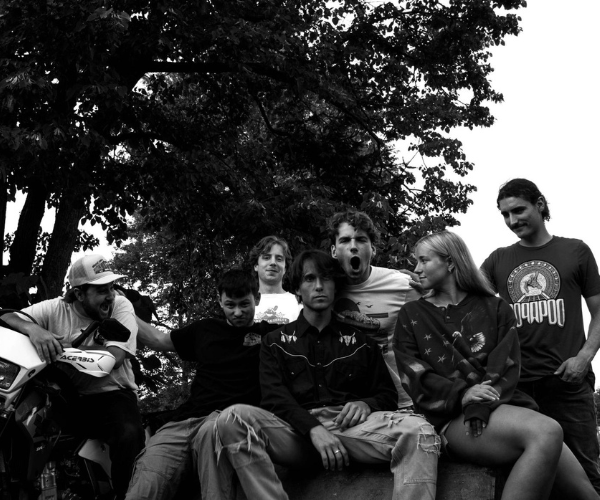As told to
Michael Zawacki
by Tommy LiPuma
|
Tommy's Timeline George Benson considers Tommy LiPuma to be "among the best producers of the modern era, continuing to affect the jazz world in a positive way, as well as quality music in general." Aptly put, since the Cleveland native's legendary career includes 21 gold and platinum records, 30 Grammy nominations and three Grammy Awards. Here are a few highlights: 1965: LiPuma produces the Sandpipers' "Guantanamera," which becomes his first gold record. 1973: Barbra Streisand's album "The Way We Were," produced by LiPuma, tops the charts and goes platinum. 1976: LiPuma's first recording with George Benson, the multi-platinum "Breezin," features the Top-10 single "This Masquerade." It wins a Grammy for Record of the Year. 1991: LiPuma co-produces Natalie Cole's breakthrough album, "Unforgettable." (The title track is a technologically enhanced duet with her late father, Nat "King" Cole.) LiPuma is one of a trio of producers who earn the Grammy Award for Album of the Year. 2002: Producer LiPuma shares Grammy Award honors with vocalist Diana Krall for her "Live in Paris" album, which wins Best Jazz Vocal Album. |
An East Sider, LiPuma grew up with aspirations of becoming a musician. Instead, he bought a barbershop and cut hair in the Keith Building, a profession he despised. One of LiPuma's regular customers knew how eager he was to get back into music and gave him a job packing records in the back room of a Cleveland distributor — the rest is history.
Ωhe three-time Grammy winner is also sharing another of his passions with his hometown this month. Pieces from his collection of 20th-century paintings are on display at the Cleveland Museum of Art. "There's definite parallels between music and art. Onepis music for the eyes, as [abstract artist Wassily] Kandinsky used to say, and the other is music to the ears."
"I had always been musically inclined, even as a child. There was always music playing in my house and I was always attracted to it.
I came down with a bone infection when I was 9 and I was bedridden for about two years. The radio became my friend, particularly the RandB stations. It's when I first heard Nat Cole and Charles Brown and Ruth Brown and all the great RandB singers of the '40s . . . along with pop music from the Andrews Sisters to Frank Sinatra to Joe Stafford.
I was a sax player and I'd taken it up when I was 12 or 14. I discovered jazz when I was 14 or 15. It was really and absolutely an eye-opener for me. I was fortunate to hear Miles Davis' "Birth of the Cool" and that really opened my eyes and ears to jazz. Then, I was a complete bebop nut by the time I was in my late teens.
There's an incredible freedom in playing jazz. In jazz, there's structure in the song, but like we say in the business, the difference is that [beyond] playing the ink you're able to take the chord structure and improvise around the chords of the song. The whole deal behind it is what you do with the notes within and around the chord that makes the difference in how well you play.
It was wonderful. It was a sense of pure self-expression and just letting go. The two to me who were the most profound innovators were [Toledo native and stride piano master] Art Tatum and Charlie Parker because they played intuitively. There was no way you could play the way these guys could play without having a sense of just letting go. If there is a God, then God takes your fingers and just leads the way. No one has come close to the innovations of these two gentlemen ... and that was 50 to 60 years ago.
I haven't picked up my horn in close to 40 years. I find that I really lost something in the sense that [playing jazz] gives you self-expression . . . and I miss that self-expression."
Tri-C JazzFest Cleveland's 25th-anniversary celebration runs from April 14 to 25.



